Did you know that the Vision Pro has a Digital Crown? Here’s what it does

Here’s a hot take: regardless of whether you’ve got a pre-order for the Vision Pro set up or not, I bet that you’re following the device’s release closely. Sure: how the release will go is still unclear. But you can practically sense it in the air that this is going to be one of the best VR headsets, ever.
Even if Apple wants us to call it a spatial computer. And to be honest: good on them. We’ve got too many realities to deal with: augmented, virtual, mixed. And I’m seeing and hearing people misuse these terms daily. So then, why is the Vision Pro a spatial computer?
Well, because it lets you interact with the space around you in different ways, to an extent where you feel like it is no longer there. That happens through a mix of all these realities. And, judging by this article discussing how it feels to use the Vision Pro, through the device’s Digital Crown too.

So, what’s a “Digital Crown”? Relax, Apple fanatics: if you want others to appreciate your culture, you’ve got to start with sharing what it means. First off, there’s nothing digital about this thing: it’s a physical knob that you can twist in order to achieve different goals and you’ve likely seen it on an Apple Watch.
But the Vision Pro is — expectedly, allegedly and reportedly — more than a watch, so why does it get a fancy knob? Well, because it’s cool. And because it will let you tune your reality to fit your preferences.
Check out this user account:
It just hit me that some of you may not get this, but here’s me trying anyway — have you ever used a radio with a physical dial? That’s what this is, but the Vision Pro won’t be going about guessing where to place you, but it will let you “tune in” to the proper amount of augmentation on top of your reality.
Here’s the thing though: this is Apple we’re talking about, so I’m fully expecting that the Vision Pro’s Digital Crown does more than this, likely depending on the context in which the user happens to be at the time. And, honestly, it sounds like a fun and easy way to interact with the spatial computer.
Well, because it lets you interact with the space around you in different ways, to an extent where you feel like it is no longer there. That happens through a mix of all these realities. And, judging by this article discussing how it feels to use the Vision Pro, through the device’s Digital Crown too.

So, what’s a “Digital Crown”? Relax, Apple fanatics: if you want others to appreciate your culture, you’ve got to start with sharing what it means. First off, there’s nothing digital about this thing: it’s a physical knob that you can twist in order to achieve different goals and you’ve likely seen it on an Apple Watch.
But the Vision Pro is — expectedly, allegedly and reportedly — more than a watch, so why does it get a fancy knob? Well, because it’s cool. And because it will let you tune your reality to fit your preferences.
Check out this user account:
Each degree, the physical walls of the room in Manhattan's Tribeca area steadily faded away and then the ground before my feet. Finally, Vision Pro left just my stomach and arms as the only remnants of physical reality. A couple degrees more, though, and my stomach popped out of existence too. A few degrees further and my arms faded away too. That was too much, though, so I turned it back to just my arms and hands floating in a completely immersive environment. The setting followed me into Keynote where I was struck by an incredibly well-lit fully immersive environment for practicing speaking in a virtual boardroom setting, my arms gesturing in front of me with thin white outlines a reminder of the physical white wall that is their actual background.
Here’s the thing though: this is Apple we’re talking about, so I’m fully expecting that the Vision Pro’s Digital Crown does more than this, likely depending on the context in which the user happens to be at the time. And, honestly, it sounds like a fun and easy way to interact with the spatial computer.

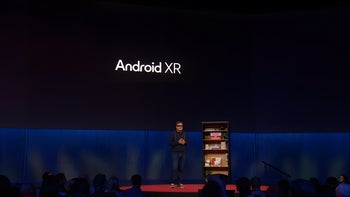
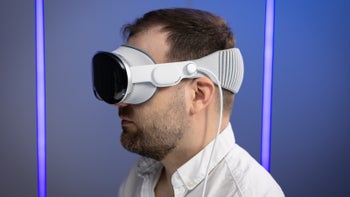
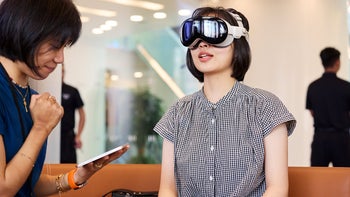

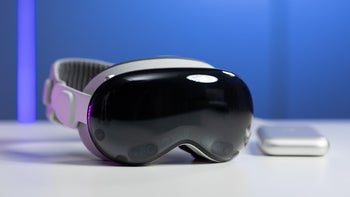
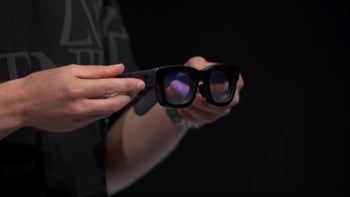
Things that are NOT allowed: